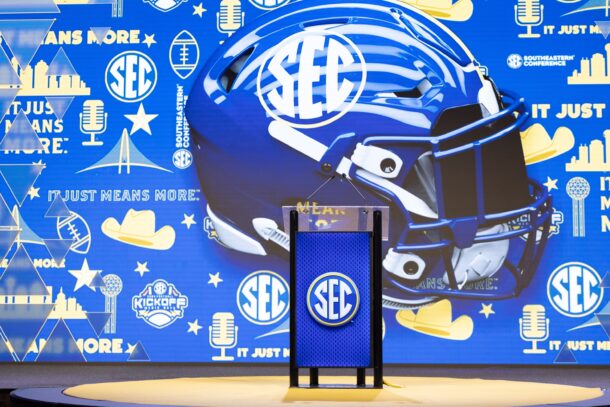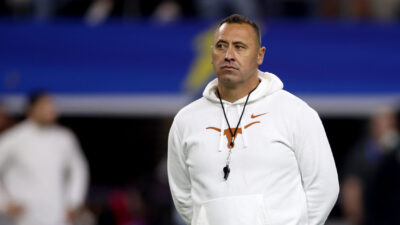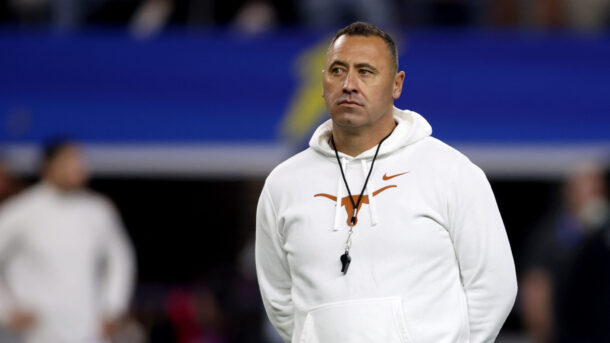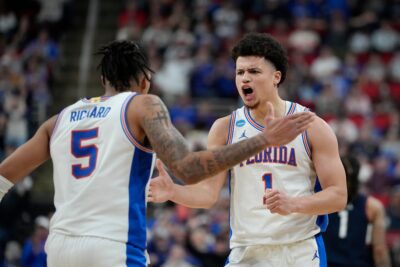Ad Disclosure
Alabama receiver DeAndrew White’s injury was a fracture requiring surgery
TUSCALOOSA, Ala. _ After missing all of the spring due to an injury University of Alabama senior wide receiver DeAndrew White is looking forward to the start of the 2014 season, and with good reason.
Combined with wide receivers Amari Cooper and Christion Jones the Crimson Tide may have the best starting trio in the Southeastern Conference.
“I feel great,” White said Sunday during Alabama’s Media Day.
But White disclosed that his injury, which required surgery in January, technically wasn’t turf toe as previously believed. Instead, he had a fracture.
“I shattered a sesamoid bone in the bottom of my foot,” White said. “I had to get that removed. It was pretty bad.”
Although the injuries are similar, turf toe usually considered an injury to the soft tissue surrounding the big toe joint. It causes pain and swelling while limiting the motion of the toe.
Sesamoids are two bones embedded in a tendon located in the ball of the foot beneath the big toe joint. A fracture would also cause pain and swelling, but they provide leverage to the foot when one tries to push off.
After being able to rest it White managed to have a career-long 67-yard touchdown en route to a game-high 139 receiving yards in the Sugar Bowl, where he and Cooper became the first receiving tandem in Crimson Tide history to record simultaneous 100-yard performances in a bowl.
“I’m at 100 percent now,” White added.
Meanwhile, being another year from knee surgeries may really help senior fullback Jalston Fowler and senior guard Arie Kouandjio.
“Big difference,” Fowler said. “Last year I couldn’t play comfortably like I wanted to. This year I feel great. No worries in the world. I just want to get out there and play, and do my best.”
After coaches prepared him to be a sort of jack-of-all-trades for the offense in 2012, Fowler hyperextended his knee and damaged the major ligaments on a hit from behind against Western Kentucky. He redshirted, but last season only had 20 carries for 88 rushing yards and seven receptions for 15 receiving yards – albeit five were goal-line touchdowns.
Kouandjio underwent surgery on both knees in 2011 due to subluxation of the patella, a hereditary condition that results in partial dislocation of the kneecap from its normal position in the groove in the end of the femur. He’s now looking to build off last season, when he started all 13 games at left guard.
“I’ve had two years now to work on my knee,” he said. “I’ve had two years to work on the functionality of it. I feel like they’re better and more flexible. That’s one of the big things that I’ve focused on during this offseason.”
Christopher Walsh has covered Alabama football since 2004 and is the author of 19 books. In his free time, he writes about college football.




